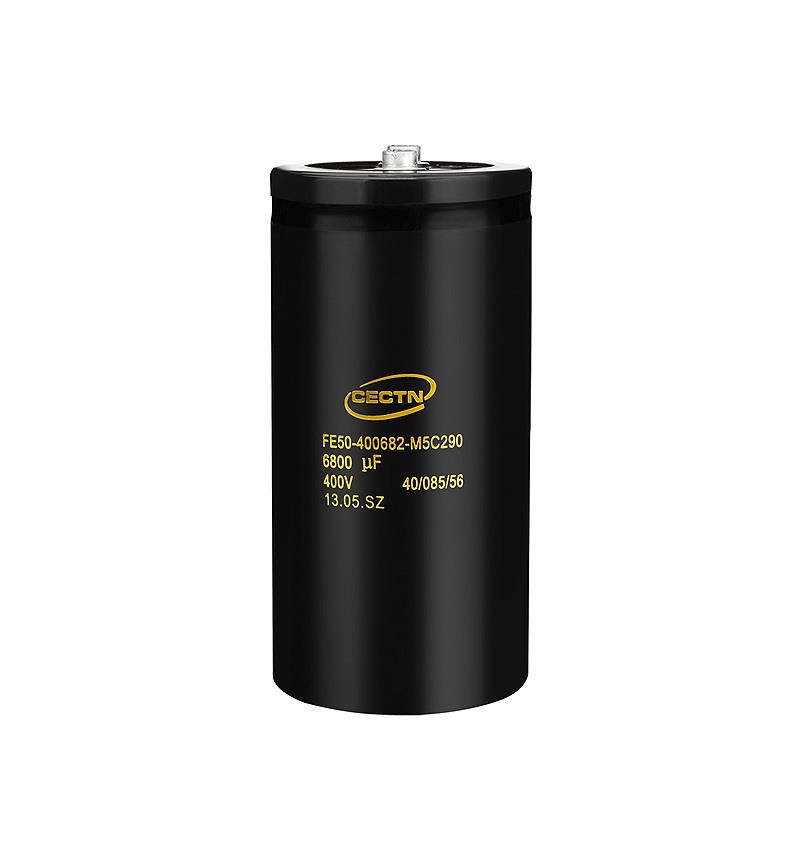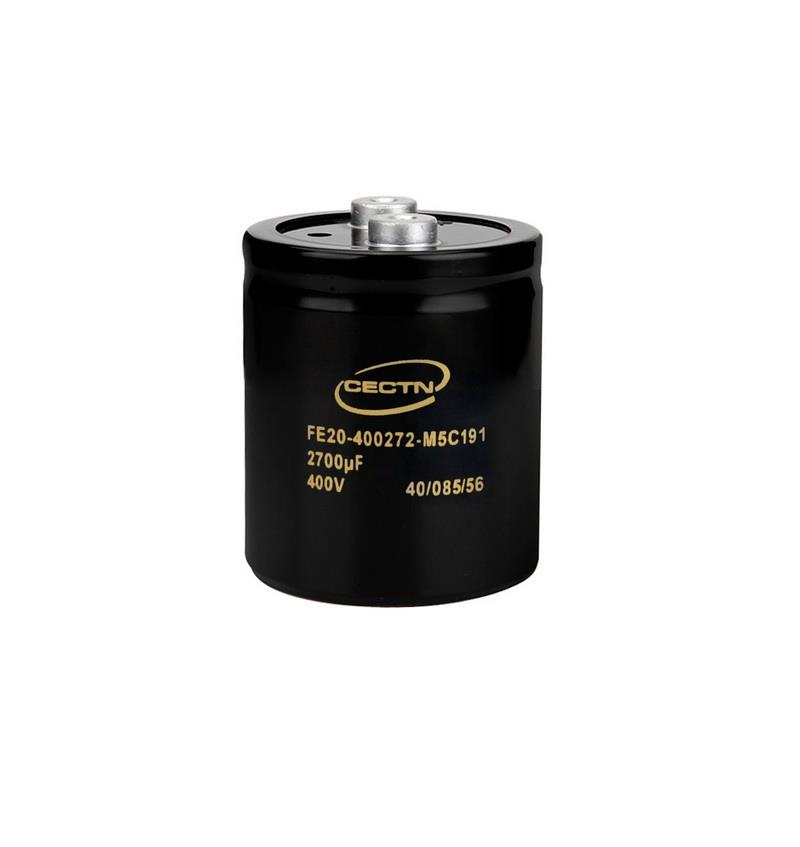(1) Rated voltage VR
The rated voltage VR is the DC voltage that the capacitor is designed to withstand and is printed on the product body. For aluminum electrolytic capacitors, the rated current
The voltage of 100 V is usually called "low voltage" capacitor, while the rated voltage > 100 V is called "high voltage" capacitor
(2) Operating voltage VOP
The capacitor can work continuously under the whole rated voltage (including superimposed AC voltage) and within the rated working temperature range. Continuous work
The allowable voltage range is between 0V and rated voltage. The capacitor can withstand reverse voltage less than 1.5V for a short time
(3) Surge voltage
Surge voltage is the maximum voltage applied to the capacitor in a short time, such as 10 times in an hour. IEC 60384-4 defines surge voltage as
Below: if VR ≤ 315, V: vs = 1.15 times VR; if VR > 315, V: vs = 1.10 times VR
(4) Instantaneous voltage
Some capacitors produced by kaiqijia can withstand voltage pulse exceeding surge voltage vs. Because the customers requirements vary with the application,
Kaiqijia does not declare that the general rating meets the overvoltage capacity required by the customer.
(5) Superimposed AC voltage, ripple voltage
Superimposed AC voltage or ripple voltage applied to aluminum electrolytic capacitor:
The sum of DC voltage and superimposed AC voltage shall not exceed the rated voltage, and shall not exceed the rated ripple voltage, and shall not reverse polarity.
(6) Reverse voltage
Aluminum electrolytic capacitors are polar capacitors. If necessary, a diode should be connected to ensure that the voltage will not be reversed. The conduction of diode
The electric voltage shall not exceed 0.8V. Reverse voltage lower than 1.5V can be applied for no more than 1 second, but continuous or repeated application is not allowed.

CECTN CAPACITOR25 years of high voltage aluminum electrolytic capacitor customized manufacturers
 0086-13506000711
0086-13506000711 400V 6800μF screw capacitor
400V 6800μF screw capacitor 400V 2700μF screw capacitor
400V 2700μF screw capacitor 中文版
中文版